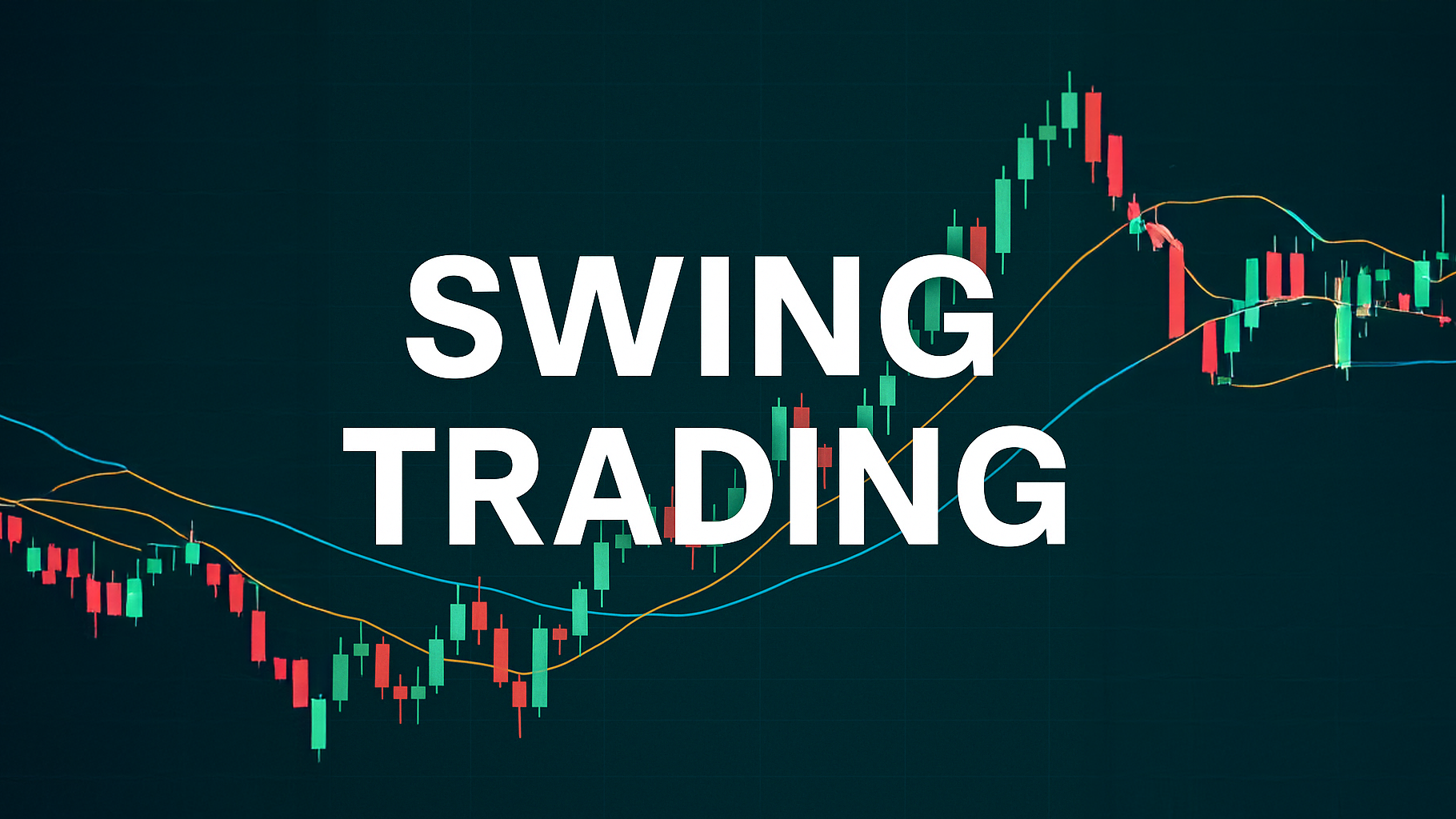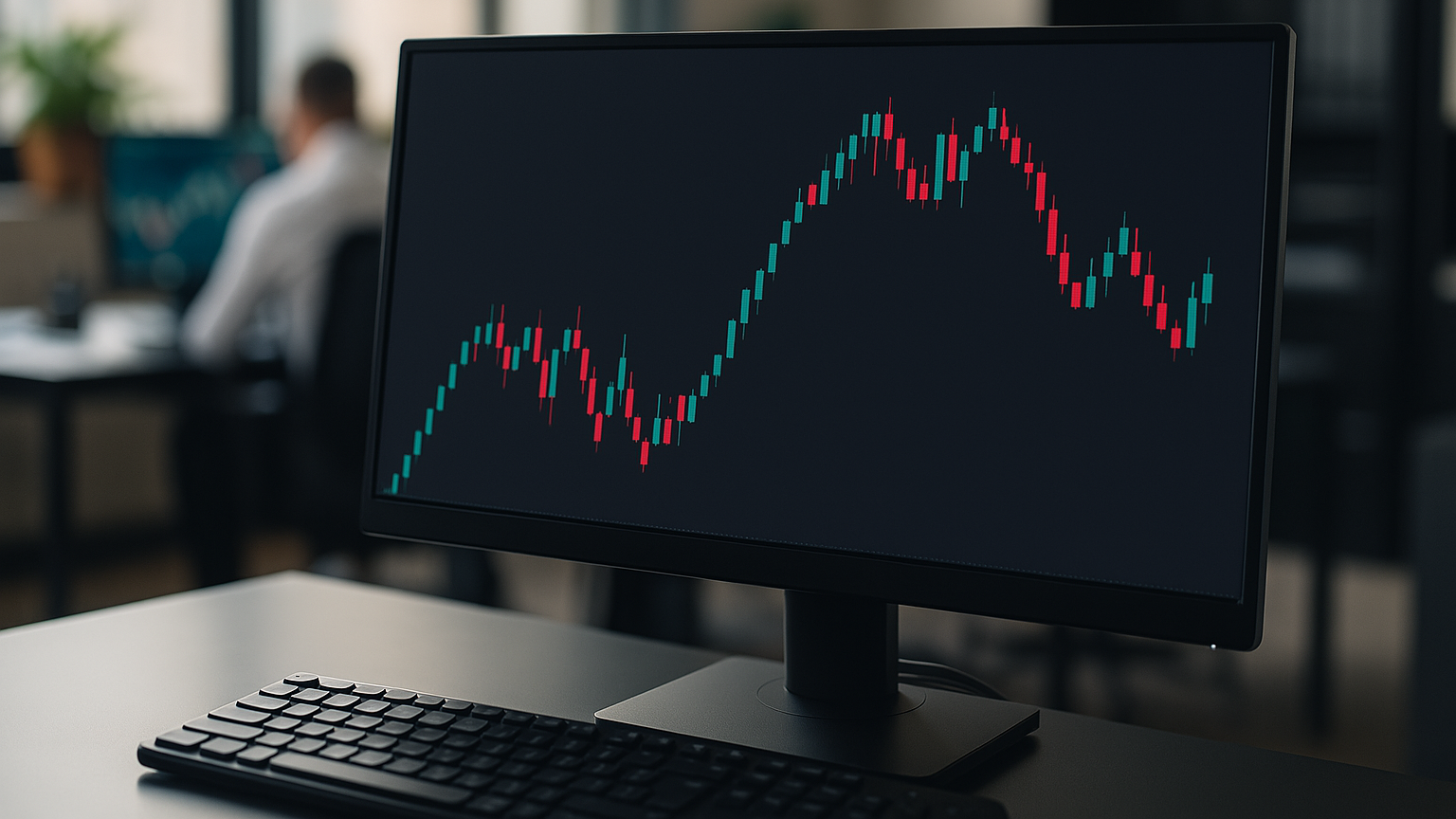Enhance your trading strategy with multi-timeframe Fibonacci analysis, improving accuracy and reducing false signals while identifying key price zones.
Multi-timeframe Fibonacci analysis helps traders identify price zones where markets might reverse or continue trends. By aligning Fibonacci retracement levels (e.g., 61.8%, 38.2%) across different timeframes, you can improve prediction accuracy by up to 40%. Here’s what you’ll learn:
- Why Multi-Timeframe Analysis? It reduces false signals by 37% and boosts success rates by 28%.
- How to Use It: Combine weekly, daily, and hourly charts to pinpoint trends, support/resistance zones, and entry/exit points.
- Key Tools: Platforms like LuxAlgo simplify finding confluence zones and reduce errors by 60%.
- Risk Management: Adjust position sizes and use stop-loss orders based on Fibonacci confluence strength.
This method is ideal for traders looking to refine their strategies and improve timing. Ready to dive in? Let’s break it down step by step.
It's All About the Time Frame
Fibonacci Levels on Multiple Timeframes
Using Fibonacci analysis across multiple timeframes can significantly improve trading outcomes. Research indicates that combining Fibonacci levels from various timeframes boosts trade success rates by 40% compared to relying on a single timeframe [2]. To take full advantage of this technique, traders need a solid grasp of multi-timeframe Fibonacci calculations.
Calculating Fibonacci Levels
For accurate Fibonacci analysis across timeframes, start with the broader view and then narrow it down:
1. Primary Timeframe Analysis
Start with weekly or daily charts to pinpoint major swing highs and lows. Use these points to draw Fibonacci retracements, which will define your key trading zones and provide a broader market perspective.
2. Secondary Timeframe Confirmation
Shift to 4-hour or 1-hour charts to identify smaller price movements within the larger trend. Apply the same swing high/low rules consistently across all timeframes.
"Fibonacci retracements gain predictive power when multiple timeframe traders converge at clustered levels - these zones become self-fulfilling prophecies." - Real Trading educational team [8]
Choosing the Right Timeframes
The ideal timeframe combinations depend on the market you're trading. Here's a general guideline:
| Trading Style | Primary TF | Secondary TF | Tertiary TF |
|---|---|---|---|
| Forex | Daily | 4-Hour | 30-Min |
| Stocks | Weekly | Daily | 2-Hour |
| Crypto | 4-Hour | 1-Hour | 15-Min |
This framework adapts to the unique volatility patterns of each market while ensuring the reliability of Fibonacci signals [4][6].
Finding Strong Support and Resistance Zones
Powerful support and resistance zones often occur where Fibonacci levels from multiple timeframes align. For example, consider a scenario where EUR/USD's 1.0835 zone held firm through multiple retests before rallying significantly. This zone combined daily 38.2%, weekly 23.6%, and monthly pivot levels [7].
Focus on areas where Fibonacci levels cluster within a 1% price range, and confirm these zones with increased trading volume or reversal candlestick patterns [1][4][5].
Tools like the LuxAlgo Screener, which offers the ability to locate price action related concepts on several timeframes and tickers with ease, can simplify this process. By automatically identifying confluence zones, it reduces calculation errors by 60% compared to manual methods. Additionally, it offers smart alerts to notify traders when prices approach key Fibonacci zones [2][5].
Fibonacci Trading Methods
Using a three-step confirmation process across different timeframes can improve your success rate by 23% compared to single-timeframe strategies [2].
The best Fibonacci setups occur when multiple timeframes align:
- Bullish Setup Example

Imagine the price pulls back to the daily 38.2% Fibonacci retracement level while staying within a larger uptrend. You could enter a trade when:
- The weekly trend stays above a key moving average (MA), and the daily Fibonacci level holds.
- A 4-hour reversal pattern aligns with hourly momentum confirmation.
- Bearish Setup Example
Watch for resistance clusters at Fibonacci extension levels, especially near the 161.8% level on higher timeframes. For example, gold faced rejection at the weekly 161.8% extension ($2,180), which matched a 4-hour bearish divergence [1][3].
Adding Other Technical Indicators
Pairing Fibonacci levels with other indicators can increase trade success by up to 18% [4].
| Timeframe | Primary Indicator | Secondary Indicator | Purpose |
|---|---|---|---|
| Weekly | 200 MA | Volume Profile | Trend Direction |
| Daily | 50 MA | MACD | Momentum Confirmation |
| 4-Hour | Stochastic | RSI | Entry Timing |
These combinations are most effective when used alongside multi-timeframe Fibonacci levels.
"The combination of Fibonacci retracements with RSI divergence on lower timeframes has proven particularly powerful - entries when price hits a Fibonacci level AND RSI shows oversold/overbought conditions increase win rates by 15-20% in our testing." - IG Group Research Team [7]
LuxAlgo Tools for Fibonacci Analysis
LuxAlgo's price action concepts offer automated Fibonacci detection, allowing traders to quickly identify potential reversal zones across multiple timeframes. This streamlined approach, combined with real-time alerts and AI-driven backtesting (learn more), empowers you to validate your strategies with ease.
Risk Management and Testing
Once you've identified multi-timeframe Fibonacci confluence zones, it's time to focus on managing risk effectively. Here's how to approach it:
Setting Position Sizes
Adjust your position sizes based on the strength of the Fibonacci confluence:
| Confluence Strength | Risk Allocation | Example Setup |
|---|---|---|
| Strong (3+ timeframes) | 1-2% of capital | Weekly 61.8% + Daily 50% + 4H 38.2% |
| Moderate (2 timeframes) | 0.5-1% of capital | Daily 61.8% + 4H 50% |
| Weak (single timeframe) | 0.25-0.5% of capital | Only Daily 61.8% |
Stop-Loss and Profit Targets
Multi-timeframe alignment simplifies placing stop-loss orders. Set stop-loss levels 1-2% beyond the key Fibonacci confluence zones identified during your analysis [2][4].
For profit targets, use Fibonacci extension levels across multiple timeframes:
| Target Level | Extension Level |
|---|---|
| First Target | 127% extension |
| Second Target | 161.8% extension |
| Final Target | Trailing stop |
Testing Your Strategy
Refine your approach by backtesting and monitoring these crucial metrics:
- Win rate: Aim for a rate above 55%.
- Risk-reward ratio: Ensure a minimum of 1:2.
- Maximum drawdown: Keep it under 15%.
- Average holding time: Track this for consistency.
- Profit factor: Measure overall profitability.
Tools like LuxAlgo’s backtesting features can simplify performance tracking for Fibonacci-based strategies. These tools are especially useful for testing strategies under different market conditions, helping to reduce the risk of overfitting - an issue that impacts nearly 50% of untested Fibonacci strategies [9][2].
Summary
Advantages of Multi-Timeframe Analysis
Multi-timeframe Fibonacci analysis offers a more reliable approach compared to single-timeframe methods. Studies reveal a 37% decrease in false signals when using multiple timeframes [2]. This method also enhances trend detection by leveraging fractal market behavior [1][4]. Additionally, it improves the risk-reward ratio, taking it from 1:2 in single-timeframe strategies to 1:3 [3][5].
The core strength of this technique is its ability to pinpoint price zones where Fibonacci levels from different timeframes overlap. For example, a 61.8% retracement on a daily chart that aligns with a 78.6% retracement on an hourly chart creates a high-probability reversal zone [1][3].
Getting Started
Here’s a suggested structure for applying multi-timeframe Fibonacci analysis:
| Timeframe Structure | Purpose | Key Focus Areas |
|---|---|---|
| Weekly/Daily | Trend Direction | Primary Fibonacci retracements (38.2%, 50%, 61.8%) |
| 4H/1H | Market Structure | Confluence zones and extension levels |
| 15M/5M | Entry Timing | Price action confirmation |
Tools like the Fractal Fib Scanner from LuxAlgo can save time by automatically identifying critical swing points across multiple timeframes. This can reduce manual calculation time by 73%.
When trading against higher timeframe Fibonacci levels, adjust your position size accordingly - cut exposure by 50% to manage risk effectively [2][4].
FAQs
What is the golden rule of Fibonacci retracement?
The 61.8% Fibonacci level, derived from the golden ratio, stands out as a key point when it aligns across multiple timeframes. This creates high-probability zones for potential reversals. As discussed earlier, confluence zones play a crucial role in multi-timeframe analysis, and the 61.8% level often becomes a focal point for traders [1].
For example, consider a scenario where EUR/USD showed strong trend respect for the 61.8% level before reversing significantly [10]. Success rates improve when weekly and daily 61.8% levels align and are confirmed by momentum indicators [5][7].
The LuxAlgo Screener’s automated Fibonacci detection tool, highlighted in the "Finding Strong Support Zones" section, emphasizes the importance of aligning the 61.8% level across timeframes [9].
References
- Multi-timeframe Fibonacci Analysis (LuxAlgo Library)
- Fibonacci Retracement Concepts (LuxAlgo Docs)
- Dynamic Support/Resistance Indicator (LuxAlgo Library)
- LuxAlgo Official Website
- Multi-Timeframe Analysis Tools (MondFX)
- Guide to Multi-Timeframe Analysis (Bookmap)
- Multi-Timeframe Analysis Tutorial (Tradeciety)
- Understanding Trading Timeframes (Investopedia)
- DTFX Algo Zones Indicator (LuxAlgo Library)
- Candle Body Support/Resistance Indicator (LuxAlgo Library)
- EUR/USD Currency Pair Overview (Investopedia)
- Fibonacci Retracement Strategy (IG)
- Fibonacci Trading Strategies (NewTrading.io)
- Reversal Candlestick Structure Indicator (LuxAlgo Library)
- Fibonacci Strategy Example (FMZ)
- Fibonacci Retracement Explained (Investopedia)
- LuxAlgo Backtesting AI Chat Breakdown (LuxAlgo Blog)
- Stop-Loss / Profit Targets Setup (LuxAlgo Docs)
- Strategies for Trading Fibonacci Retracements (Investopedia)
- Introduction to Fibonacci Trading (TrendSpider)
- Market Structures and Price Action Concepts (LuxAlgo Docs)
- Fibonacci Confluence Toolkit (LuxAlgo Library)
- LuxAlgo Screeners (LuxAlgo Features)









